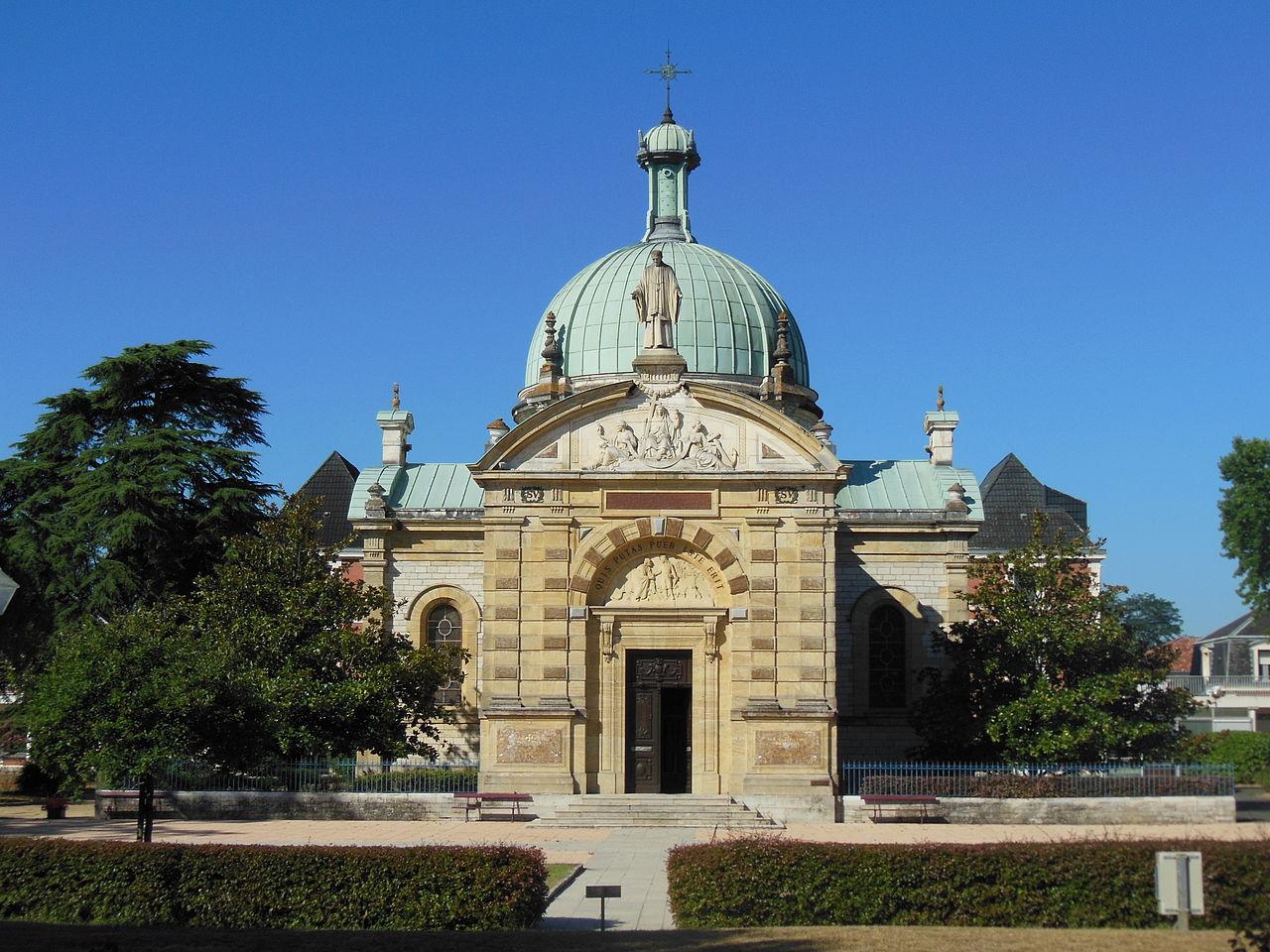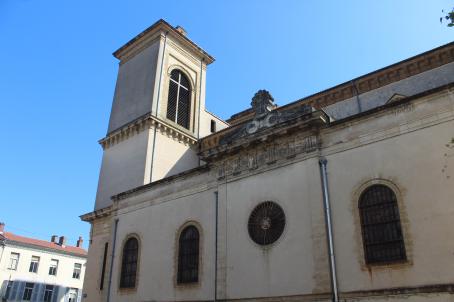Chapel of Saint-Vincent de Paul
The Cradle of Saint-Vincent-de-Paul is located in a private sanctuary and site. The foundation of the chapel and the sanctuary were recognized as being of public utility in 1865. Since the 19th century, the site has worked to implement and make known the message of Saint Vincent: to serve the most needy in a spirit of simplicity, humility and charity, to go out to meet others, to welcome, care for, educate, form and evangelize. Thus, a hospice, an orphanage and a hostel were built.
About this building
The birth house of Saint-Vincent-de-Paul called Ranquines, reconstructed in 1700, has been fitted out for a visit to the Berceau district. The life of the saint is retraced by panels recounting the main stages of his journey. The Chapel of the Cradle, with its curious dome, was built in the 19th century in Byzantine style. Not far away is the old oak tree under which little Vincent used to guard the herd. Its enormous trunk, with a circumference of 12.20 m, was dug to install an oratory. It has been reinforced and rebuilt in places with cement. Classified in 1925, its age was estimated at more than 800 years. The cradle, known internationally, is also the home of all the lay and religious communities that claim to be in the spirit of St. Vincent. Twenty to thirty thousand people come every year to visit the cradle.





